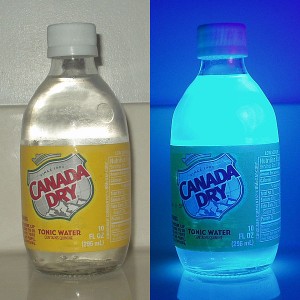Did you know Tonic Water began as an anti-MALARIAL treatment? Yep.
Originally called Indian Tonic Water, it was made by 19th century British colonialists from bitter quinine extracted from the bark of the Cinchona or “fever” tree. Quinine is an natural crystalline alkaloid with anti-inflammatory, fever-reducing antimalarial properties.
Cinchona or Quina trees were “found” first in the tropical Andes forests of South America by Spanish missionaries in the 1500s and later, coined “Cinchona” after a Peruvian Countess by Carl Linnaeus in 1638. But Peru soon banned all exports of the tree, cuttings or seeds to maintain a monopoly on quinine medicine. It was 19th c. British who smuggled seeds out of Peru and into South Asia to combat Malaria. Today, Cinchona trees are found mostly on plantations in the Congo and South America although 98% of tonic brands use laboratory synthetic quinine.
Served originally in South Asia and Africa, where Malaria is most present, the drink was once far more bitter and considered a serious prophylactic against the disease. The first tonics contained only carbonated water, no sugars, and much more quinine than in brands today. But it was the British in India to include sizable additions of sugar and Gin that made the concoction more palatable and eventually, wide spread.
Even today, quinine (as a chemical) is used in all tonic waters. See for yourself. Pick up any brand and shine it under an ultraviolet light. Quinine glows! Even in direct sunlight.

Now for the REAL Tonic Water (that is also high-fructose corn syrup free), buy Fever Tree or Q Tonic brands.
- * Information condensed from Cook’s Illustrated and Wikipedia.
- *Image courtesy of Wikipedia.
This would be a great mini-lesson for my kiddos! How fun! I didn’t know ANY of this!
I have heard that Jello-jigglers made with quinine glow, but ours didn’t very much. I have not heard of a UV flgihlsaht. I am going to have to look for one of those. My boys would love it.
ha, so would ours!